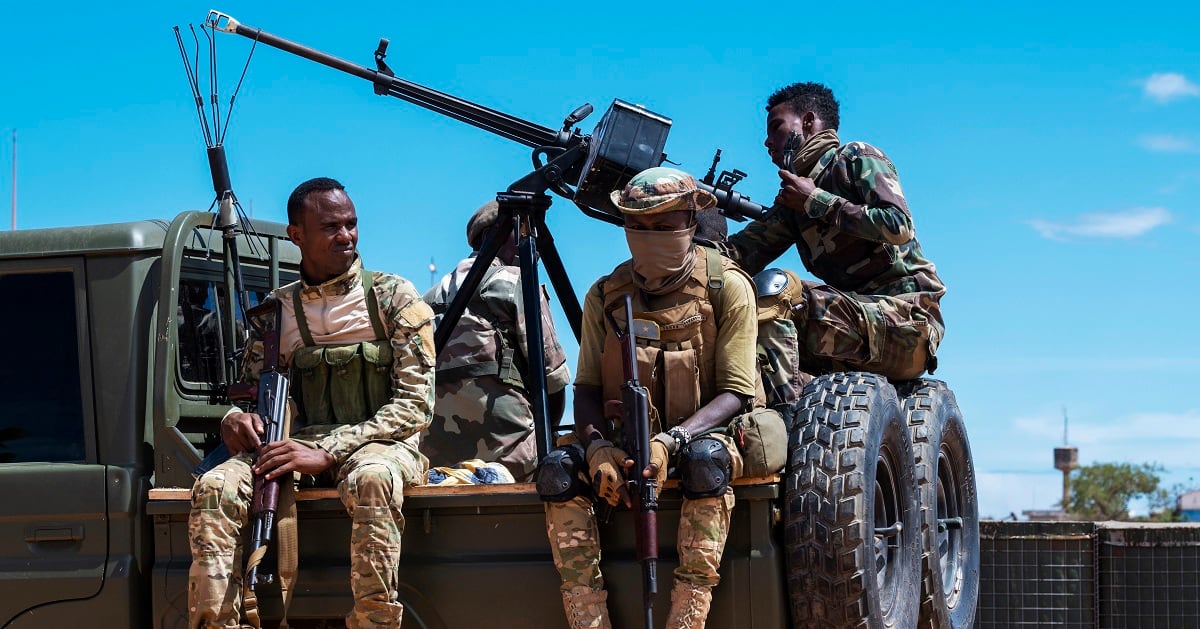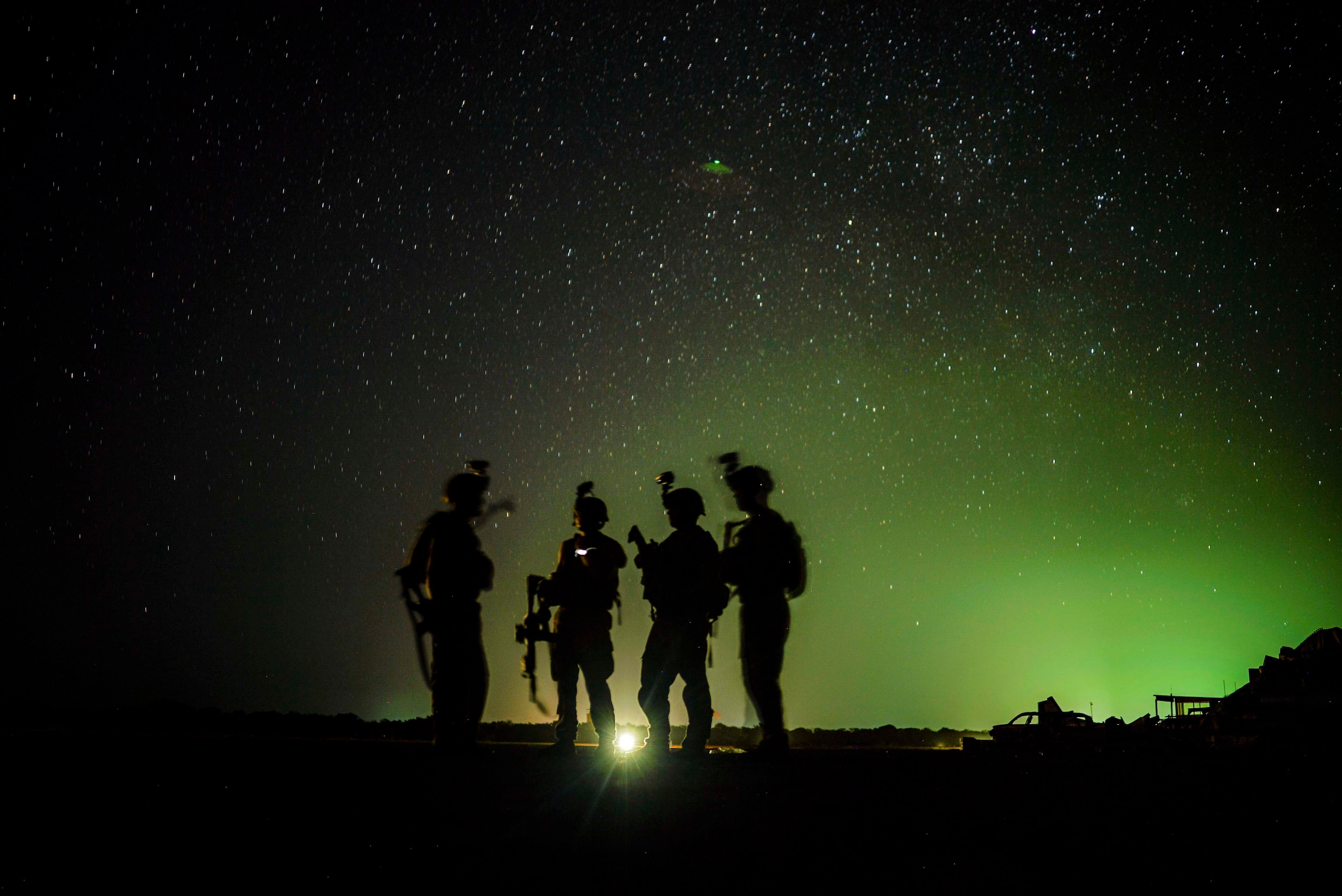It’s been about 14 months since the Trump administration announced its decision to pull about 700 troops out of Somalia. The head of U.S. Africa Command has now assessed that strategy: It’s not working.
The previous arrangement saw a rotation of U.S. troops on the ground, day-to-day with Somalian forces, both facilitating training and helping with their offensive operations against al-Shabab, the largest and most well-funded wing of al-Qaida. Now, troops based in Kenya and Djibouti are only making visits.
“My view is that our periodic engagement, also referred to as ‘commuting to work,’ has caused new challenges and risks for our troops,” Army Gen. Stephen Townsend, head of AFRICOM, told lawmakers Tuesday during a Senate Armed Services Committee hearing. “I believe my assessment is that it is not effective, it’s not efficient, and it puts our troops at greater risk.”
The decision to pull troops out of Somalia, announced Dec. 4, 2020, was one of the last national security moves President Donald Trump made before leaving office. It came at a time when the administration was also pushing for a complete drawdown of troops in Afghanistan and shrinking U.S. military presence in Germany.
Almost immediately after troops left Somalia in January 2021, the question arose as to whether President Joe Biden would send them back.

The Pentagon has declined to release details of a global force posture review completed last year, but Townsend has hinted multiple times that he’s recommended returning troops to Somalia.
“I have submitted advice to my chain of command, and my chain of command is still considering that advice,” he said Tuesday. “And I’d like to give them space to make that decision.”
RELATED

The issue is that though the Trump administration pulled troops out of the country, there was no change to the mission in Somalia, where the U.S. supports that government’s efforts to fight al-Shabab. Though U.S.-led strikes have continued, it’s a harder mission to do when it’s mostly remote.
“We are marching in place at best. We may be backsliding,” Townsend said. “I just think that what we’re doing is not providing sufficient pressure, and the best we can do is maintain a secure area around the bases that we return to when we really can’t get at the al-Shabab problems.”
There hasn’t been any statement from the Pentagon on moves to re-open the Somalia rotation, but a spokesman pushed back Monday on the assertion that a decision has been delayed.
“If and when we do have decisions, we’ll talk about it,” John Kirby said. “You’ve talked about a delay. I know of no delay. When we have something to speak to with force posture there or anywhere else and we can do it, we will.”
Meghann Myers is the Pentagon bureau chief at Military Times. She covers operations, policy, personnel, leadership and other issues affecting service members.





